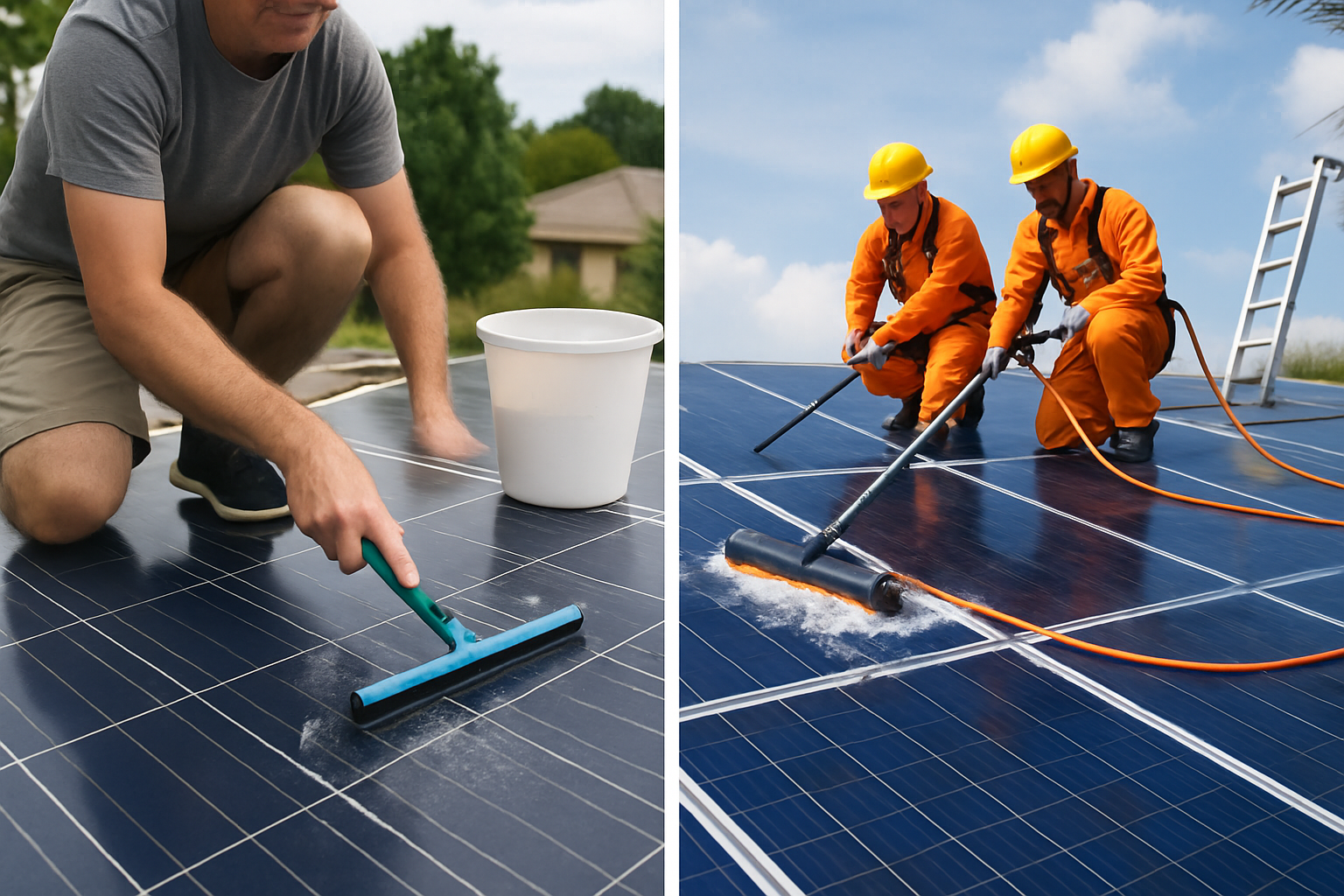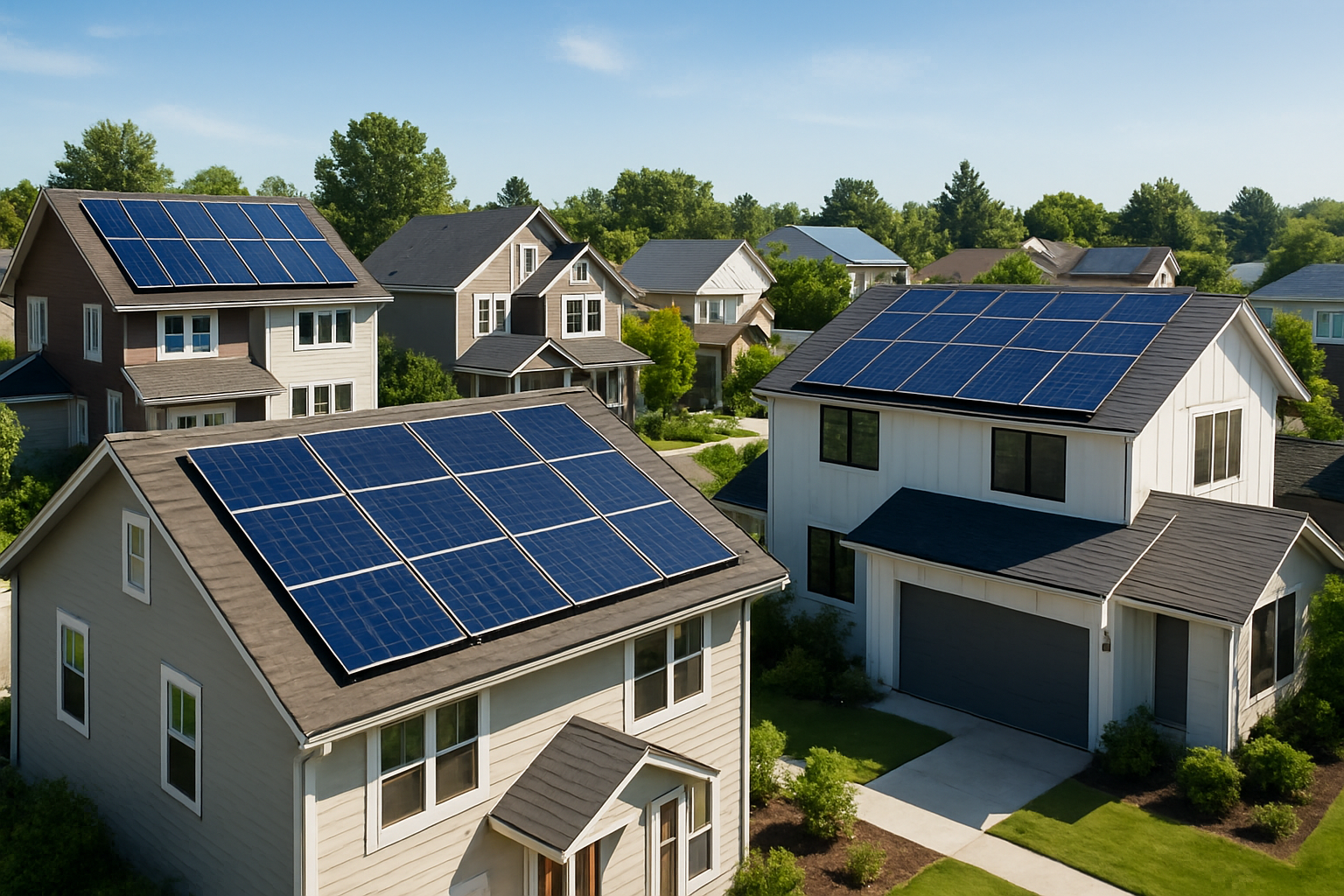Installing solar panels shouldn't feel like navigating a bureaucratic maze. Yet many homeowners face lengthy delays when dealing with Homeowners Association (HOA) approval processes. The good news? With the right approach and proven templates, you can significantly accelerate your HOA solar approval timeline.
Recent data shows that permit approval delays can add 40,000 days collectively across solar projects, highlighting the critical importance of streamlined processes. This comprehensive guide provides you with battle-tested templates and strategies to fast-track your HOA solar submittal process.
Understanding HOA Solar Approval Requirements
Before diving into templates, understanding your HOA's specific requirements sets the foundation for success. Most HOAs evaluate solar installations based on aesthetic impact, structural considerations, and compliance with community guidelines.
Common HOA Concerns and Requirements
HOAs typically focus on several key areas when reviewing solar applications:
- Visual impact and aesthetic compatibility with neighborhood standards
- Structural integrity and safety considerations
- Property value preservation
- Installation quality and contractor credentials
- Maintenance responsibilities and long-term commitments
Understanding these priorities allows you to address concerns proactively in your submittal package. Research from the International Energy Agency emphasizes that clear compliance verification processes significantly reduce approval delays and ensure smoother project implementation.
Legal Framework and State Protections
Many states have enacted solar access laws that limit HOA restrictions on solar installations. These laws typically prevent HOAs from completely prohibiting solar panels while allowing reasonable aesthetic guidelines. Familiarizing yourself with your state's specific protections strengthens your position during the approval process.

Essential Components of Winning Solar Submittals
A comprehensive submittal package demonstrates professionalism and addresses potential concerns before they arise. Each component serves a specific purpose in building confidence with your HOA review committee.
Technical Documentation Package
Your technical documentation forms the backbone of your submittal. Include detailed system specifications, engineering drawings, and equipment certifications. High-quality lithium battery storage systems, such as LiFePO4 batteries, require additional documentation highlighting their safety features and performance characteristics.
Key technical documents include:
- Professional site assessment and shading analysis
- Structural engineering evaluation and load calculations
- Electrical single-line diagrams and interconnection details
- Equipment specification sheets and warranty information
- Installation timeline and project management plan
Visual Impact Assessment
Visual presentations can make or break your HOA approval. Professional renderings showing before and after views from multiple angles demonstrate thoughtful design consideration. Include photos of similar installations in comparable neighborhoods to establish aesthetic precedent.
Modern solar inverter technology and integrated storage solutions offer more design flexibility than ever before. Highlight how contemporary equipment minimizes visual impact while maximizing energy production efficiency.
Proven Templates for Faster Approval
Using structured templates ensures you include all necessary information while presenting it in a format familiar to HOA review committees. These templates have been refined through thousands of successful applications.
Cover Letter Template
Your cover letter sets the tone for the entire submittal. Begin with a clear statement of intent, followed by brief system overview and commitment to community standards. Reference specific HOA guidelines you've addressed and highlight any state solar access protections that apply.
Structure your cover letter as follows:
- Professional greeting and property identification
- Clear statement of solar installation intent
- Brief system overview emphasizing benefits
- Acknowledgment of HOA guidelines and compliance commitment
- Timeline expectations and contact information
System Specification Template
Present technical information in an organized, easy-to-understand format. Avoid overwhelming reviewers with excessive technical jargon while providing sufficient detail to demonstrate system quality and safety.
| Component | Specification | Benefit |
|---|---|---|
| Solar Panels | High-efficiency monocrystalline modules | Maximum energy production, minimal roof space |
| Inverter System | Grid-tie with rapid shutdown capability | Safety compliance, optimal performance |
| Battery Storage | LiFePO4 lithium battery system | Enhanced reliability, backup power capability |
| Monitoring | Real-time performance tracking | System optimization, maintenance alerts |
Contractor Qualification Template
HOAs want assurance that qualified professionals will handle the installation. Include contractor licensing information, insurance certificates, and references from similar projects. Highlight experience with integrated energy storage systems and off-grid solar solutions when applicable.
Streamlining the Review Process
Proactive communication and strategic timing can significantly reduce approval delays. Understanding your HOA's review cycle and building relationships with key stakeholders creates smoother pathways to approval.
Pre-Submittal Engagement
Informal discussions with HOA board members or architectural review committee chairs can identify potential concerns early. Share preliminary plans and gather feedback before formal submittal. This collaborative approach often prevents lengthy revision cycles.
According to recent analysis of renewable energy deployment challenges, standardizing procedures and facilitating early stakeholder engagement significantly improves project success rates.
Follow-Up and Communication Strategy
Maintain professional communication throughout the review process. Provide prompt responses to questions and offer additional information when requested. Regular status updates demonstrate your commitment to transparency and cooperation.
Establish clear communication protocols:
- Designated point of contact for all HOA communications
- Regular status update schedule
- Prompt response commitment for information requests
- Professional documentation of all interactions
Overcoming Common Obstacles
Even well-prepared submittals can encounter resistance. Understanding common objections and having responses ready keeps your project moving forward.
Addressing Aesthetic Concerns
Visual impact remains the primary HOA concern. Modern solar technology offers numerous aesthetic options, from low-profile mounting systems to integrated roofing solutions. Present multiple design alternatives showing how solar installations can complement existing architecture.
Emphasize the growing acceptance of solar technology in residential communities. Reference successful installations in similar neighborhoods and highlight positive property value impacts documented in recent studies.
Managing Technical Objections
Some HOA members may have outdated concerns about solar technology reliability or safety. Address these directly with current data and certifications. Modern lithium battery systems and advanced inverter technology offer exceptional safety records and performance reliability.
Provide clear explanations of safety features, including rapid shutdown capabilities and fire safety compliance. Reference industry standards and certification bodies that validate equipment quality and installation practices.
Maximizing Your Success Rate
Success in HOA solar approvals comes from thorough preparation, professional presentation, and strategic patience. The investment in comprehensive documentation pays dividends in faster approvals and smoother installations.
Remember that HOA approval is just one step in your solar journey. Once approved, focus on selecting quality components like reliable energy storage systems and efficient solar inverters that will provide decades of clean energy production.
The solar industry continues evolving rapidly, with significant investment flowing into renewable energy infrastructure and supportive policies emerging at multiple levels. Your solar installation contributes to this positive transformation while providing immediate benefits to your household.
By following these proven strategies and utilizing the provided templates, you can navigate the HOA approval process with confidence. Professional preparation, clear communication, and persistence create the foundation for successful solar installations that benefit both individual homeowners and entire communities.





Leave a comment
All comments are moderated before being published.
This site is protected by hCaptcha and the hCaptcha Privacy Policy and Terms of Service apply.